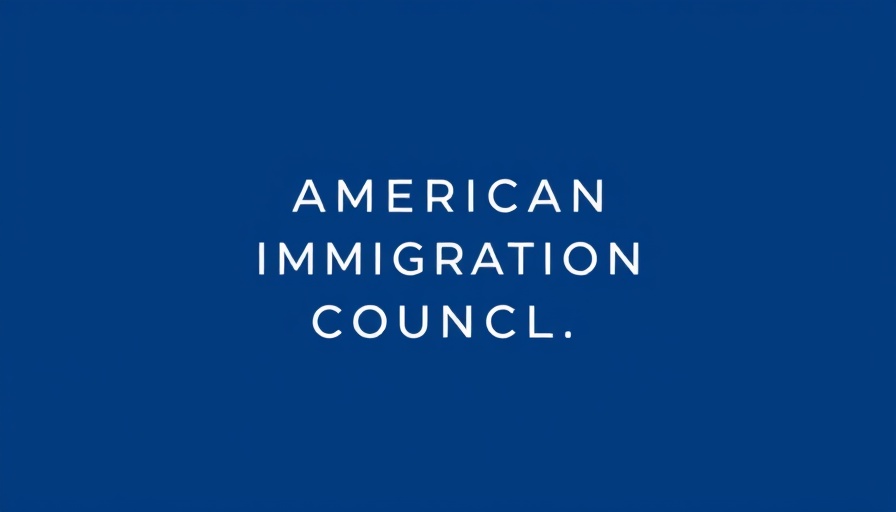
Clashes Erupt During ICE Immigration Raid in California
In a heated confrontation on July 10, 2025, federal agents clashed with protesters outside a marijuana facility in Ventura County, Southern California. This incident was part of a larger operation, involving at least two significant immigration raids across the region that day.
The Department of Homeland Security (DHS) confirmed they were executing a warrant at the property, emphasizing their commitment to enforcing the law. Witnesses reported seeing federal agents in masks engaged with demonstrators, as tensions escalated dramatically. Video footage captured distressing moments where agents used crowd control tactics, including the deployment of irritants, which further inflamed the situation.
Protesters voiced their opposition to the raids, advocating on behalf of agricultural workers and emphasizing the need for humane immigration practices. Concerns about the treatment of detainees and the potential impact on local communities have sparked widespread discussions about immigration policy. California Governor Gavin Newsom's office issued a statement condemning the federal actions, calling for a balanced approach to immigration enforcement that respects human rights.
The confrontations have revived debates over immigration enforcement in the U.S., reflecting a growing divide on how to handle undocumented workers, especially in vital sectors like agriculture. As federal policies continue to evolve, the tensions witnessed at the farm may be just a glimpse of broader national discussions to come.
The Growing Debate Over Immigration Enforcement
This incident has highlighted a pressing issue facing communities in California and beyond: the balance between enforcing immigration laws and protecting vulnerable populations. Activists argue that aggressive tactics during raids fail to consider the livelihoods of families dependent on these workers. Protesters outside the farm indicated that most of the workers are essential to the state's agricultural economy.
A Wider Issue: Policy and Community Response
With every incident involving ICE raids, local communities are prompted to reflect on the ramifications of such enforcement actions. Advocacy groups are urging lawmakers to consider comprehensive immigration reform that prioritizes the rights of workers while safeguarding public safety. This requires engaging in constructive dialogue among community members, law enforcement, and policymakers to develop fair solutions. In the coming months, this incident may serve as a catalyst for heightened activism surrounding the rights of immigrant workers, urging communities to unite against divisive immigration practices.
As debates continue about the future of immigration policy, California finds itself at the forefront, facing the dual threat of federal enforcement and local advocacy. Discussion around humane treatment and worker rights remains critical as stakeholders navigate these pressing issues.
 Add Row
Add Row  Add
Add 




Write A Comment